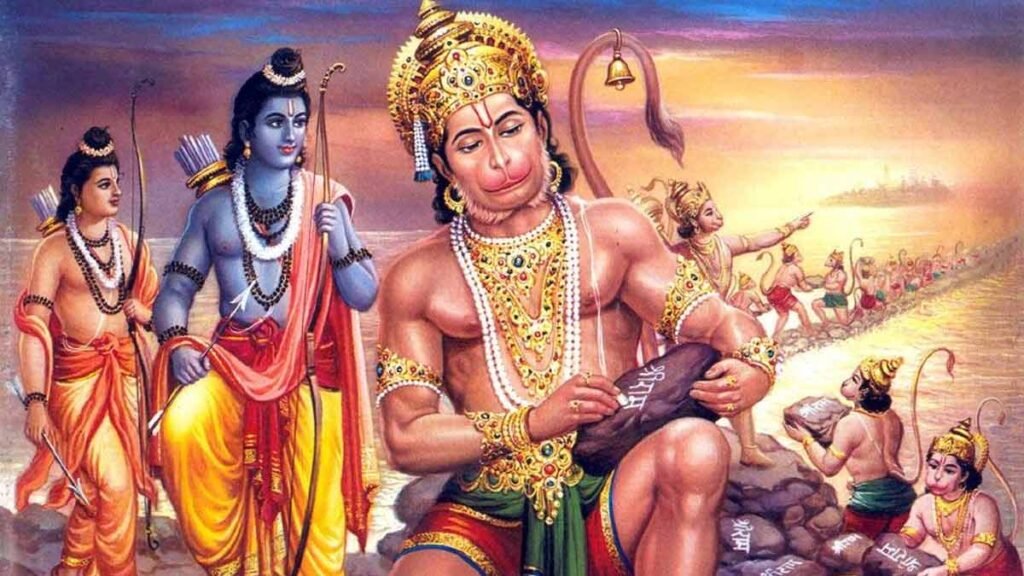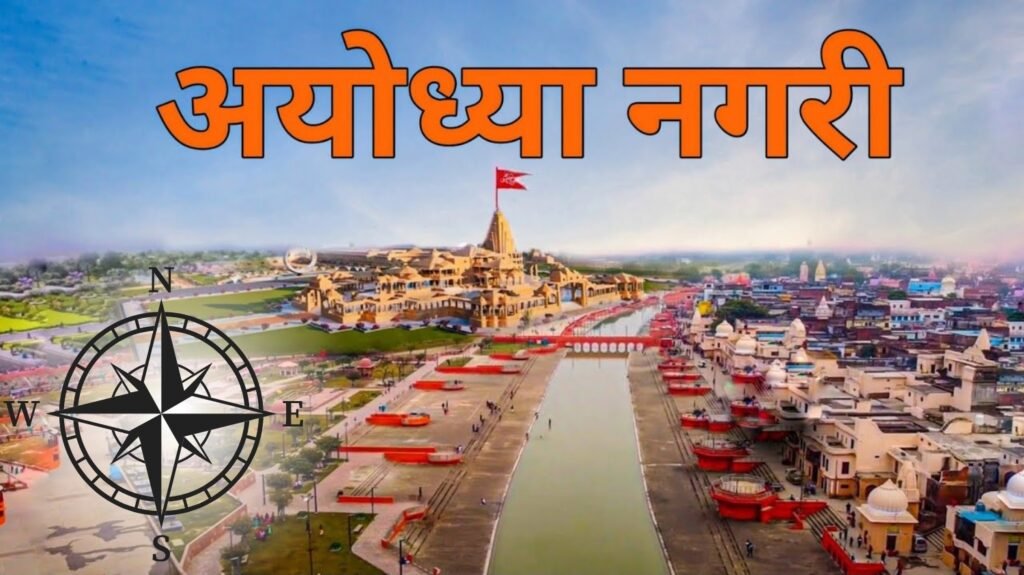- Buy Now
- Blog
- Contact Us
- +91-9414044559
- anupamjolly@gmail.com
RAMAYANA is a treasured prehistoric eon of the Indian history. Be that as it may, yet, the age of the RAMAYANA can’t be said to have been settled past, regardless there wraths a discussion. Besides, in RAMAYANA, numerous introductions of a later age are, by and large, conceded. Bhattacharya (1963) remarked on the following issues: careful scrutiny of every last one of VASTU SHASTRA – related references, on the other hand, demonstrates that the portrayals, wherever they happen of the structures, towns and fortifications, are just about indistinguishable in all related verses.
This demonstrates that the later writers, even while introducing their compositions in the first epic, emulated the old method for depicting things. This progression of old convention might, subsequently, help us to reproduce the historical backdrop of Indian building design of an early period.

He, further, outlined a considerable measure of references from RAMAYANA and demonstrated the presence of decently created VASTU SHASTRA, around then. In his words, We see that the RAMAYANA holds, before us, a picture which demonstrates that Indian structural engineering had officially achieved a profoundly created stage. While the numerous storeyed structures and fortresses demonstrate the useful virtuoso of the individuals the enhanced stage. While the numerous storeyed structures and fortresses demonstrate the valuable virtuoso of the individuals, the embellished windows and the horanas and the enhancing figures vouch for their imaginative sense. The references to decently arranged high streets of the towns and the generally separated yards of the royal residences obviously demonstrate that a feeling of extent and symmetry did additionally not need in them. The relative extents kept up in the development of structures of distinctive sizes additionally indicate the same reality. Consequently, Kumbhakarna’s resting lobby was one yojana in width and twice as much long. This extent between the length and the broadness of a building was kept up by the Indian modelers of later times. Few of the references, which Bhattacharya had not said, are depicted here.

Take the first step towards harmony, balance, and spiritual growth with expert guidance from
Acharaya Anupam Jolly.
Read on to find out why our Our Clients love us!
Average Rating: 5.0 stars (based on User ratings)